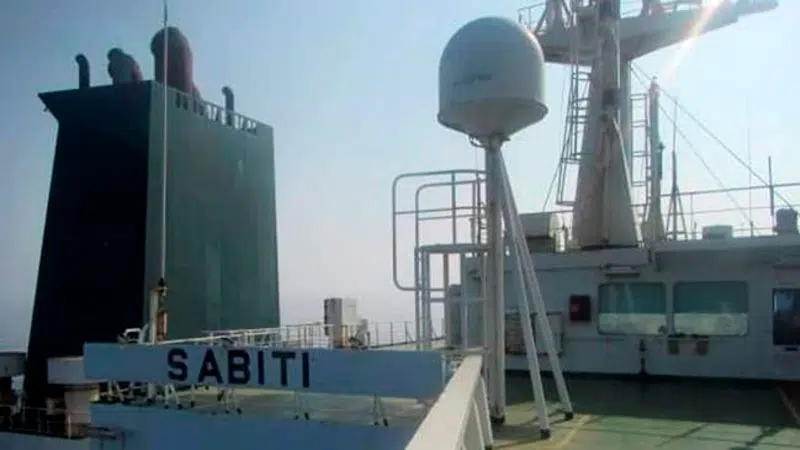
Iran says missiles strike its oil tanker off Saudi Arabia
TEHRAN, Iran — Iran said Friday two missiles struck one of its oil tankers travelling through the Red Sea off the coast of Saudi Arabia, a mysterious assault not immediately corroborated that still spiked oil prices amid months of heightened tensions at sea across the wider Mideast.
There was no acknowledgement of the incident from Saudi Arabia, which in September had more than half of its daily crude oil production knocked out by an assault the U.S. blamed on Iran, something denied by Tehran.
All the attacks came after President Donald Trump’s decision to unilaterally withdraw America from Tehran’s nuclear deal with world powers and impose crushing sanctions targeting Iran’s crude oil sales and shipments. Iranian officials warned for weeks that if they couldn’t sell their oil, neither would anyone else in the region.
“This latest incident, if confirmed to be an act of aggression, is highly likely to be part of the wider narrative of deteriorating relations between Saudi and the U.S. and Iran,” private maritime security firm Dryad Maritime warned.

